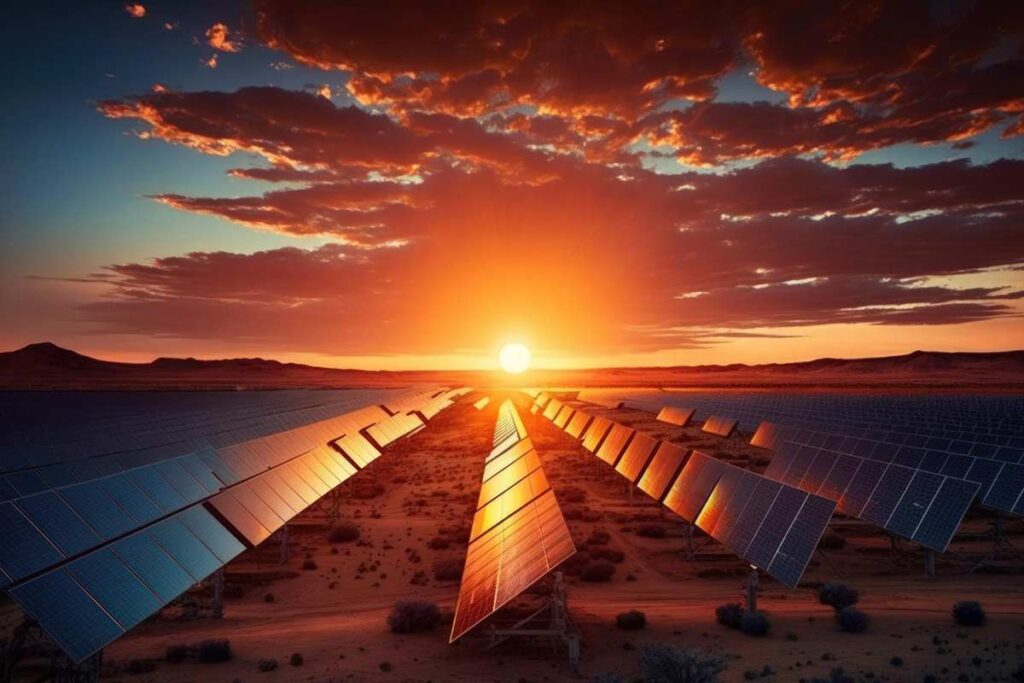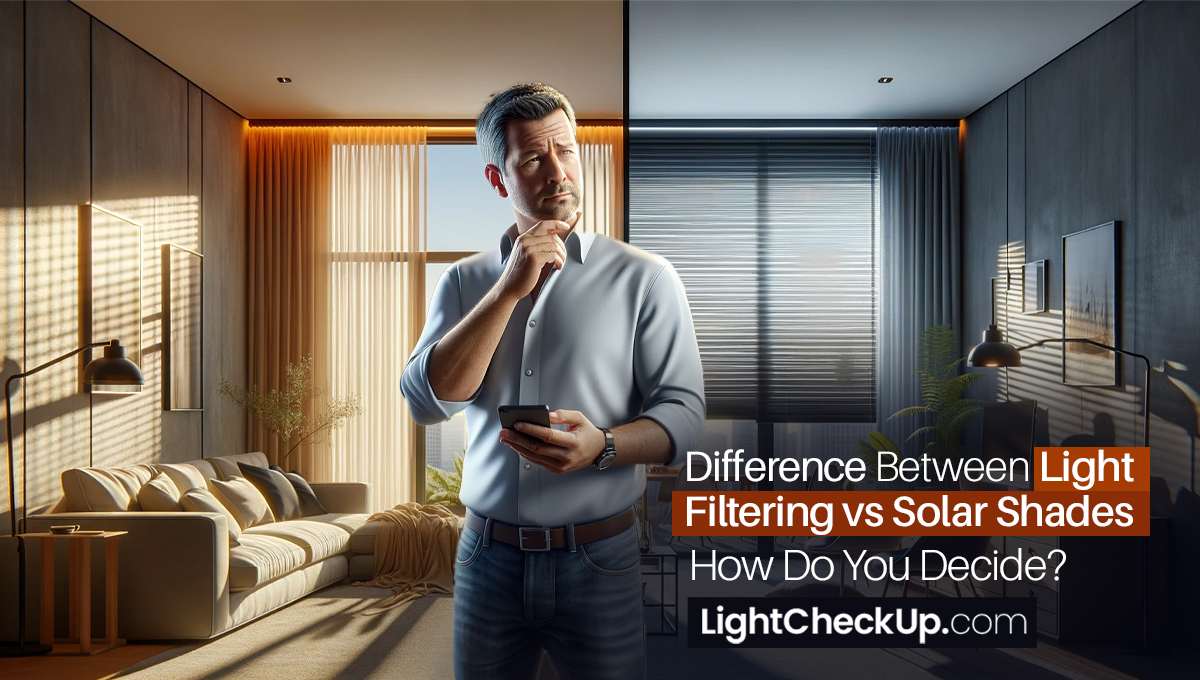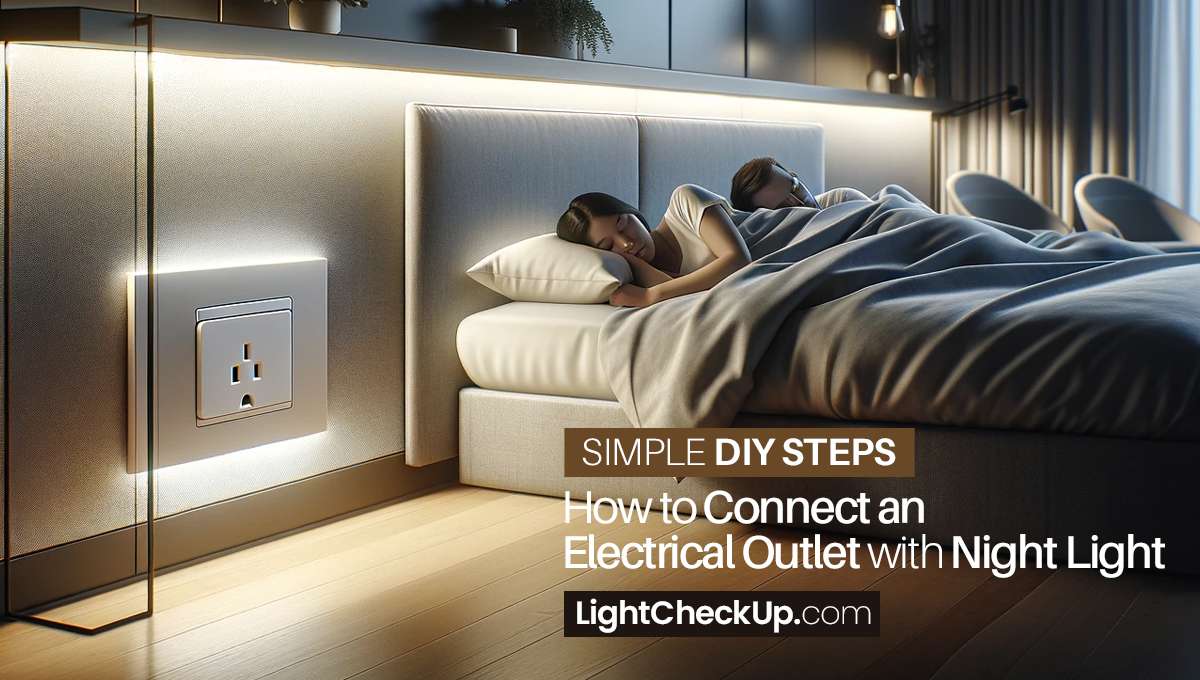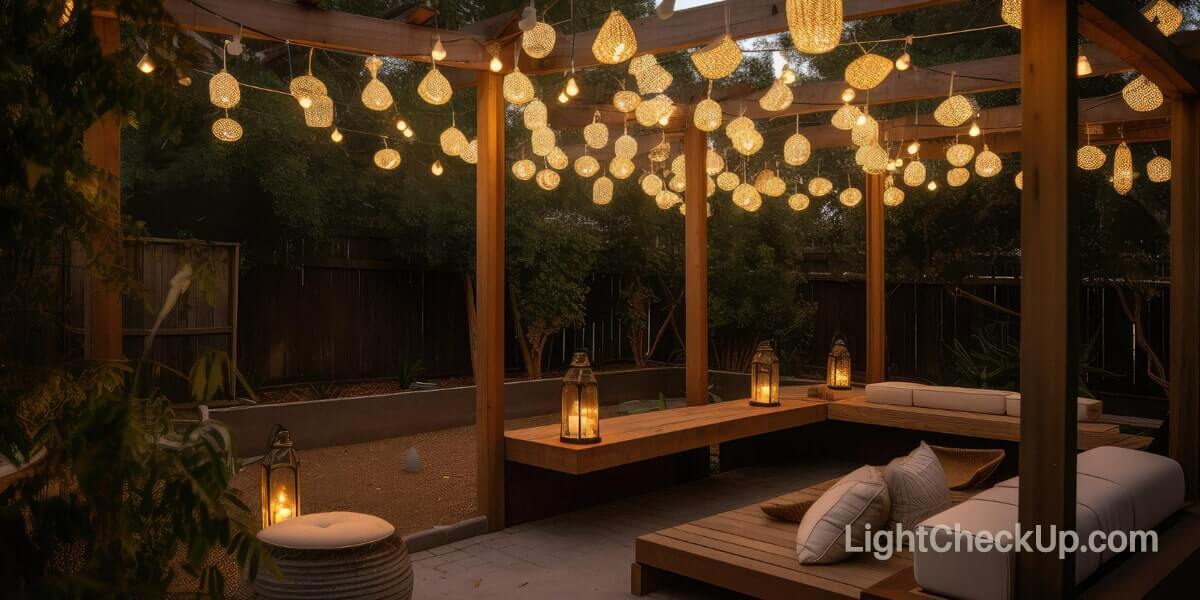We’ve all seen them – those solar panels with bright blue lights. Have you ever thought about what those lights mean? Or, more importantly, how to deal with them if they get on your nerves?
Well, those blue light solar panels aren’t futuristic technology. While they look unusual, the reasons for the blue hue and flashing are simple. What does the color tell us about how they’re made, or which color is the most efficient?
In this blog, we’ll explore blue light solar panels. Get answers to questions like why are solar panels blue instead of green and how different colors impact performance. Plus, I’ll share some tips to deal with those annoying flashing lights!
How to Deal with Flashing Blue Light Solar Panels
You may notice those flashing blue LEDs on solar panels at night. If this is happening to you, don’t worry! Here’s why and what you can do!
Blue Light on Solar Panels? What Does It Mean?
There’s a good reason for the flashing blue light! It usually means:
Your solar panel is charging: The light flashes to show the panel is receiving sunlight and converting it.
The system functions properly: Some systems blink regularly, which means everything’s fine.
Read Also: How Do Solar Panels Work On A House? You Can Save $100 On Electricity.
Troubleshooting blue light solar panels
Solar panels on rooftops that flash like crazy can be disconcerting. Although it usually means things are working as intended, it’s worth investigating further if you see the blue light persisting even when you expect the batteries to be fully charged.

Steps for troubleshooting:
Solar panels typically have flashing blue lights to indicate they’re charging. Solid blue lights will indicate they’re fully charged or in standby.
- Battery Check-up: Look for disconnections or damage signs. Check for removable tabs on your battery that might prevent charging. If the battery seems weak, consider replacing it with one designed for solar lights.
- Examine Connections and Positioning: Ensure all wiring connections are secure and clean. Verify that the solar panel is positioned for optimal sunlight exposure, and wipe away any dirt or debris if needed.
- Polarity Matters: If you’ve done any work on the wiring, double-check that the positive (+) and negative (-) connections are correct. Incorrect polarity can prevent charging.
- Allow for Full Charge: Solar batteries need prolonged charging time. Turn off your lights and allow a full 72-hour charging cycle in direct sunlight.
- Advanced Troubleshooting (If Applicable): If you’re comfortable with technology and your specific solar setup involves network configurations, verify that your connections and cables are configured correctly.
When to Seek Further Help? In case these steps don’t help, you might want to consult your solar panel’s instruction manual or contact the manufacturer.
Note: Don’t try to disable the light completely. It serves as an important indicator of your system’s health. Tampering with the internal wiring could void your warranty.
Read Also: How To Make A Solar Panel With Aluminum Foil: Simple Steps Want To Try It At Home?
Solar panels are blue, why not green?
Solar panels are blue because of the primary material used in their construction: silicon. Pure silicon naturally reflects blue wavelengths.
Most solar panels have an anti-reflective coating designed to maximize light absorption. This coating enhances blue appearance.
Read Also: Automated Solar Panel Cleaning Systems: What Are The Secrets?
What is the impact of color on performance?
Black solar panels (monocrystalline) are generally considered the most efficient. It’s easier to convert more energy from sunlight on black surfaces because they absorb more light wavelengths.
Blue solar panels (polycrystalline) are still a viable option. While they may be slightly less efficient than black ones, the difference isn’t always significant enough to justify the higher costs.
Solar panels could be made transparent and flexible, which could increase their efficiency and widen their applications.
Green solar panels blend in with the environment, but blue solar panels naturally occur from silicon. Overall, black solar panels tend to be the most efficient.
Read Also: Sunlight Through Glass? Secret Of Transparent Solar Panels For Home Energy!
Why do some parking lots have purple lights?
There’s a simple reason why some parking lots have purple lights:
There’s no design choice behind it! LED streetlights and parking lot lights are often coated with phosphor to make the white light. The coating can degrade over time, making the light look blue or purple.
LEDlights combinee red, green, and blue light to produce white light. When the coating meant to create yellow lightbreaksk down,only bluee and red lightpassess through, resulting in a purple hue.
The problem is usually temporary since only a small percentage of LED bulbs are affected by this. Light manufacturers usually know the issue and actively replace defective lights.
Read Also: Do Solar Panels Need Direct Sun Or Just Light To Work? Must Read.
In conclusion, blue light solar panels don’t just look cool, they’re practical too. They’re blue because of the materials used in their construction, so while they’re visually appealing, they’re not necessarily efficient.
There are simple solutions like using window coverings or adjusting the angle of the panels for flashing lights. It helps us appreciate how blue light solar panels work and make informed decisions about their installation if we understand how they work.








